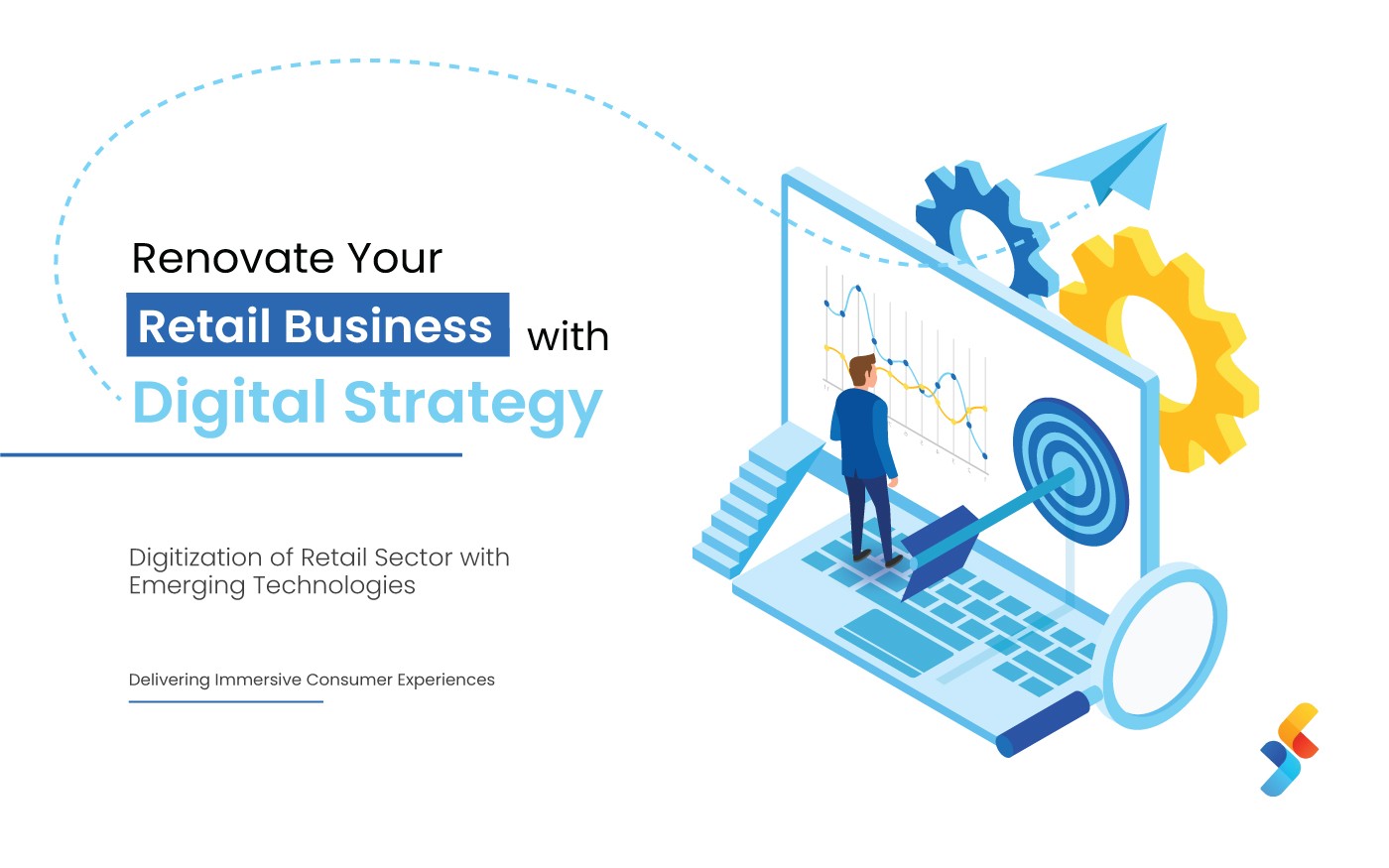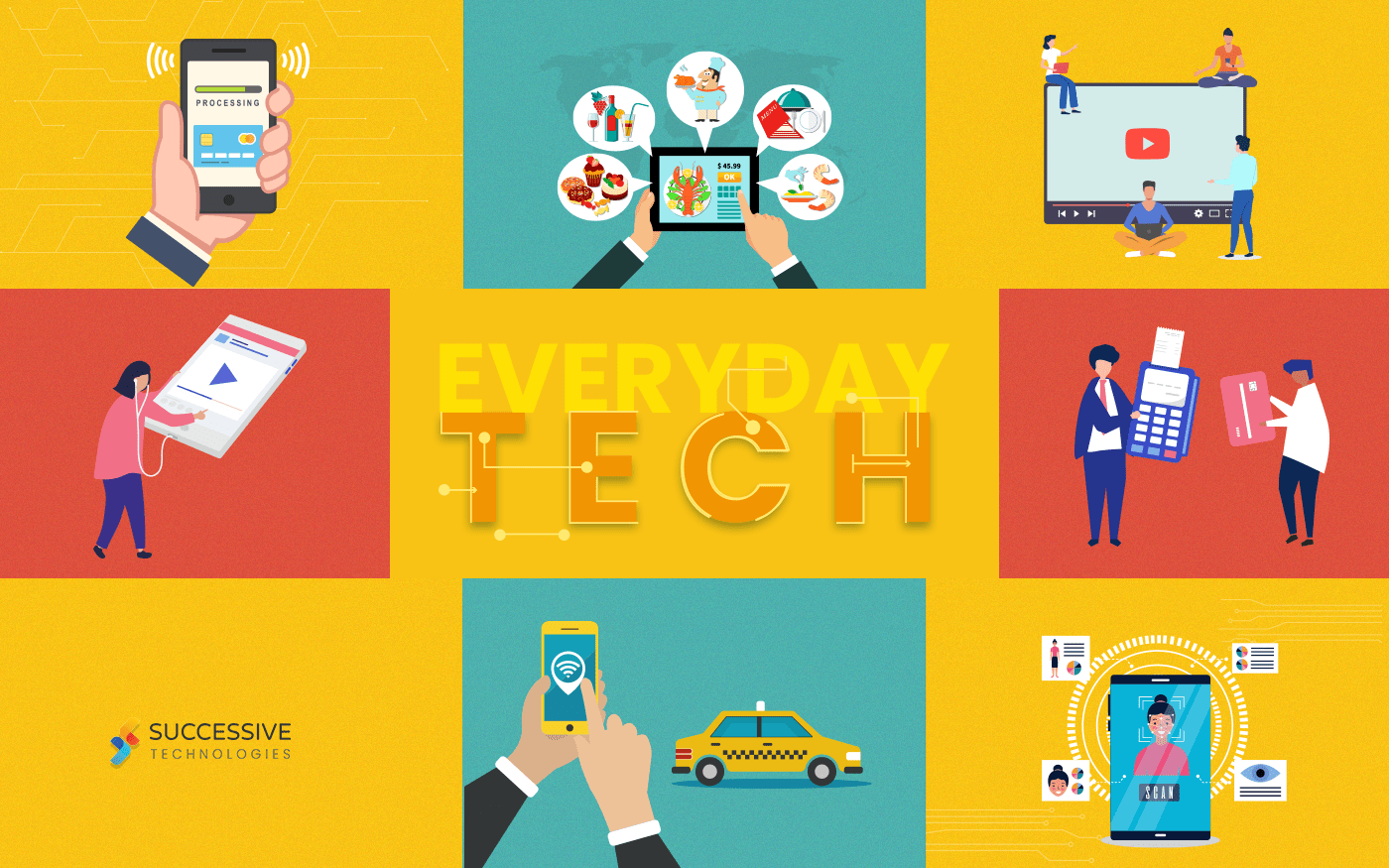Today, advanced computer technologies can make a big difference for your business. It’s been a major fact that IT infrastructure has been advancing in leaps and bounds along with the growth of network resources focused on how to optimize technology infrastructure. In recent times, there is a lot of buzz about 5G technology.
The propagation of 5G networks, which will increase bandwidth extensively and make it easier to transmit high volumes of cellular data, opens up a number of opportunities for edge computing applications. Since 5G will help to fight latency with its distributed architecture, companies will be able to use these networks to expand their network edge and move data far proficiently. Here, you will infer the details on some huge benefits of 5G enable edge computing and how it provides many opportunities for IT leaders.
Getting Started with Edge Computing & 5G
In simple words, edge computing brings cloud resources- compute, storage and networking, closer to applications, devices, and users. It occurs by using small power cell stations to enable data to transport at high speeds. They capture data feeds to downstream processing systems located in core infrastructure, either in an on-premise data center or the public cloud.
With the massive interest in digitalization across all industry verticals – 5G is a key technology. 5G technology is important for consumers as well as businesses as we move into the Fourth Industrial Revolution and discover all that 5G has to offer. In fact, Edge computing is a crucial part of the 5G platform and provides a huge advantage for communication service providers in grabbing new business opportunities. Edge computing can enable 5G to deliver on its latency and bandwidth requirements. While 5G will increase the capacity of the network, and make it faster, edge computing will enable applications to be hosted physically nearer to the end-user.
Globally, cloud and IT providers are already deeply involved in the enterprise along with the telecom market, and sensing a chance to bolster sales across the board with the move the edge, have developed fairly complete edge narratives that incorporate 5G and hybrid cloud computing.
As per the statistics, “edge computing combined with 5G creates incredible opportunities for new products, platforms, and experiences in every industry. By 2025, 75% of enterprise data will be processed at the edge, compared to only 10% today.”
Key Trends Empowering 5G Enabled Edge
- AI Based Network Management
As seen, enterprises are moving toward virtualization and cloudification which requires new levels of network automation. Today, workloads are increasingly becoming dynamic and many IoT applications are running require low latency. This would definitely warrant a shift to AI-enabled network management platforms that will open several new opportunities and provide ease.
- Cloud-based virtualized networking
At present, the rising number of connections and demand for lower latency has created much requirement for some transformative strategies. Considering this, it became mandatory for businesses need to transition to networks with cloud-based virtualized networking. It allows for simplified management and extension of network capabilities, which help accelerate innovation, service fulfillment, and operations.
- NFV and SDN technologies
It has been identified that both Network function virtualization (NFV) and software-defined networking (SDN) technologies are expected to demonstrate the highest opportunities in the 5G infrastructure market. The role of SDN is to make networks more flexible and agile. On the other hand, NFV replaces single physical network appliances with virtualized network functions which are linked together across virtual machines.
- DevOps for Network Operations
As the adoption of cloud-based virtualized networks increases, the need for continuous development and operations (DevOps) methodology arises. DevOps methodology for network operations is crucial to future network evolution because it provides an environment for continuously engineering (the overall process includes building, onboarding, testing, and managing).
Final Thoughts
There is no doubt in saying that edge computing offers several advantages over traditional forms of network architecture and will surely continue to play an important role for companies going forward. Implementing transformative network strategies and modernizing enterprise networks will help innovative businesses get the most from this opportunity and deliver new services at the edge. Ultimately, 5G enabled edge computing will help businesses to place their intelligence where it needs to drive superior business outcomes.












